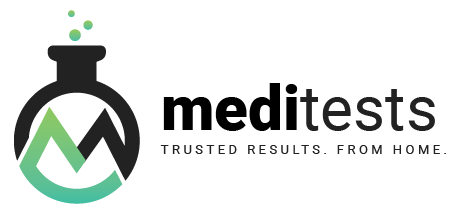If you're considering drug testing, it's essential to know the different methods available. Each drug test type has its strengths and weaknesses depending on what you're testing for, how it's collected, and how long substances remain detectable. Below, we break down the positives and negatives of each testing method.
1. Urine Drug Testing
What is it?
Urine drug testing is one of the most common methods used to detect drug use. It's popular for its affordability and ease of use.
Positive Aspects:
- Accurate & Reliable: Provides trustworthy results.
- Affordable: Cost-effective compared to other methods.
- Wide Drug Detection: Tests for a variety of substances, including drugs, alcohol, and nicotine.
- Laboratory Confirmation: Results can be confirmed in a lab if needed.
Negative Aspects:
- Adulteration Risk: Some users may try to alter or dilute their urine sample.
- Invasive & Embarrassing: The testing process can be uncomfortable for some individuals and requires same-sex personnel in some cases.
- Shipping & Handling Issues: The specimen must be handled carefully, and shipping to labs can be tricky due to the hazardous nature of urine.
Detection Window:
- 1 to 5 days: The window of detection depends on the type of drug, usage frequency, and the individual’s body type.
- For example, marijuana can remain detectable in urine for up to 3–4 weeks for heavy or overweight users.
2. Hair Follicle Drug Testing
What is it?
Hair follicle testing can detect drug use over an extended period. This method provides long-term insight into substance use patterns.
Positive Aspects:
- Long Detection Window: Can detect drug use over the past several months.
- Stable Samples: Hair does not deteriorate, making it easy to store and ship.
- Difficult to Tamper With: Harder to adulterate compared to urine.
- Non-Invasive: The collection process is less invasive and doesn’t cause embarrassment.
Negative Aspects:
- Costly: Hair follicle testing is generally more expensive.
- Limited Drug Detection: Tests typically detect only a basic 5-drug panel.
- Alcohol Use Not Detected: It does not reveal alcohol consumption.
- Not Ideal for Recent Use: It cannot detect drug use that occurred 1 to 7 days before testing.
Detection Window:
- 1 to 3 months: Hair grows about half an inch per month. A 1½-inch hair sample can reveal drug use from the past three months.
3. Saliva (Oral Fluid) Drug Testing
What is it?
Saliva testing offers a non-invasive, easy method for detecting recent drug use.
Positive Aspects:
- Observed Collection: Samples are taken under direct observation, reducing tampering risks.
- Non-Invasive & Convenient: Easy to collect in most environments.
- Detects Alcohol: Alcohol use can be detected.
- Reflects Recent Use: It provides insight into recent drug consumption.
Negative Aspects:
- Limited Detection Window: Drugs don’t stay in saliva as long as in urine, reducing the window for detection.
- Less Effective for Marijuana: Saliva testing is less reliable for detecting marijuana use.
Detection Window:
- 10 to 24 hours: Saliva tests usually detect drug use from the past day or so.
4. Surface (Aerosol) Drug Testing
What is it?
Surface drug testing uses patches or other methods to detect traces of drugs on the skin.
Positive Aspects:
- Non-Invasive: No need for bodily fluids, making it easy for the user.
- Longer Detection Window: Detects drug use up to 7 days.
- No Sample Substitution: Eliminates the risk of switching or altering samples.
- Quick Application & Removal: Easy and fast to apply and remove.
Negative Aspects:
- Limited Lab Processing: Fewer labs are equipped to analyze these tests.
- Skin Issues: People with skin conditions or excessive body hair may not be able to wear the patch.
- Contamination Risk: Passive exposure to drugs may affect the results.
Detection Window:
- Up to 7 days: The patch can detect drug use for at least 7 days, even showing low levels of drugs 2 to 5 hours after last use.
Conclusion:
Choosing the right drug testing method depends on your needs, budget, and the substances you're testing for. Each type of drug test offers unique benefits, from the long-term detection capabilities of hair follicle tests to the immediate results from saliva testing. Consider what matters most for your situation—whether it’s accuracy, cost, or the detection window—before selecting a drug testing method.


















































































